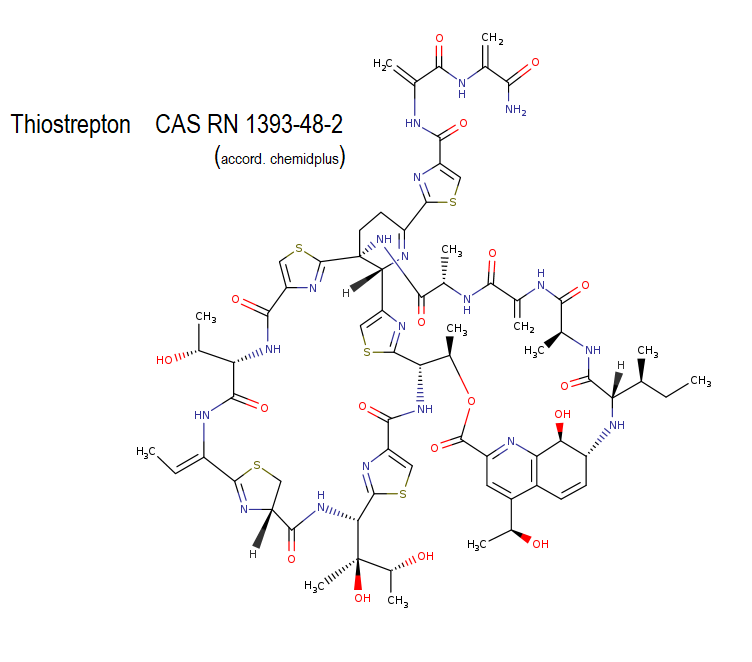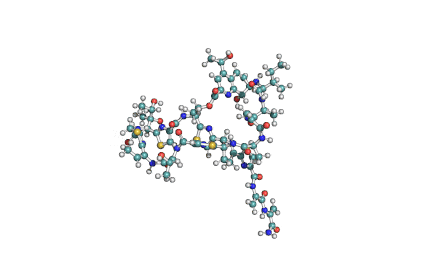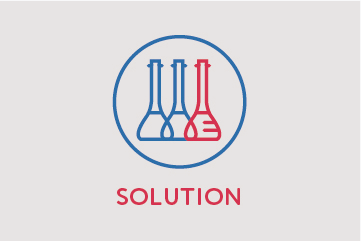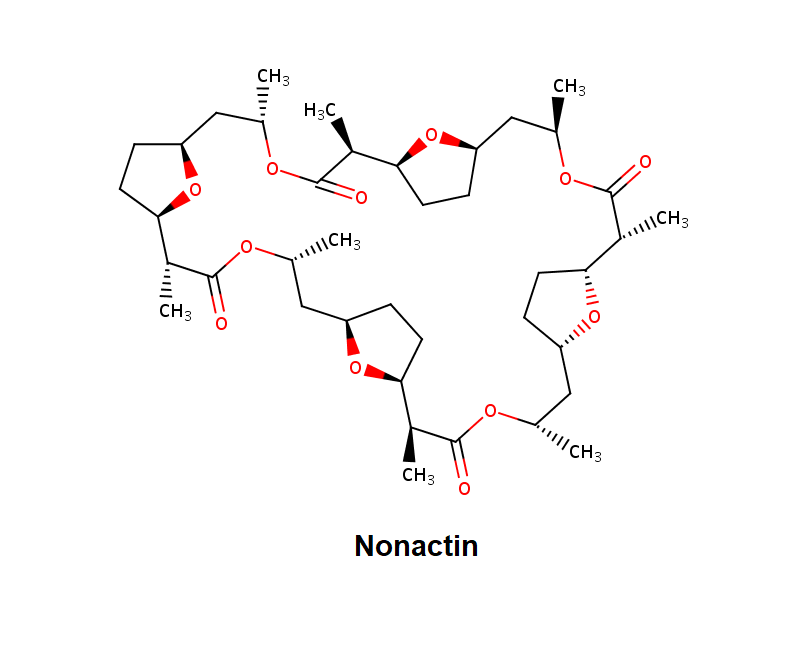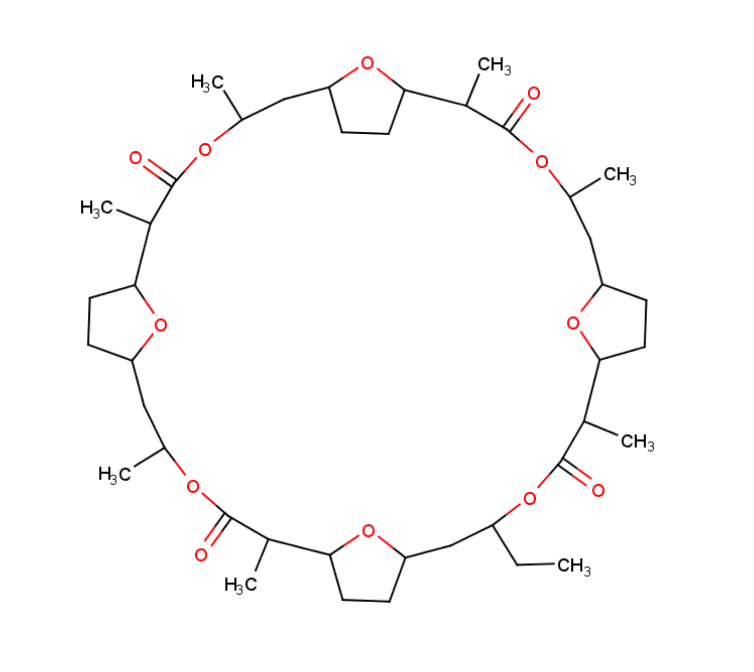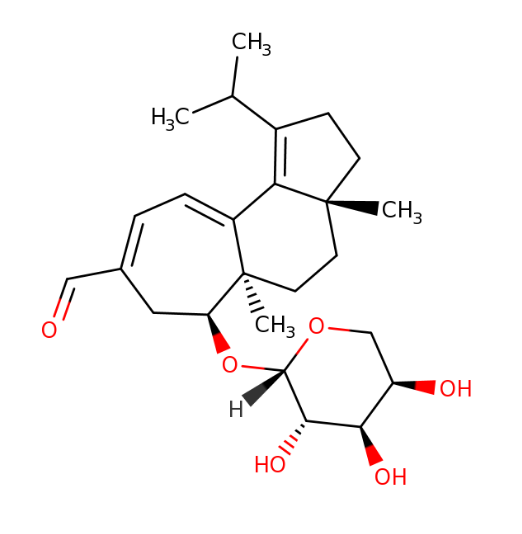Details
Specifications
Chemical identification
Synonyms: Alaninamide, Bryamycin , Thiactin
RTECS : XN6300100
Thiostrepton is a broad spectrum polypeptide antibiotic which targets a wide range of gram positive and gram negative bacteria.
Further Information
Thiostrepton is soluble in chloroform, dichloromethane, dioxane, pyridine, glacial acetic acid, DMF. Practically insoluble in water, the lower alcohols, nonpolar organic solvents, diluted aqeous acids or bases. It may be dissolved by methanolic acid or base, but with decomposition. Working solution of 1% in DMSO is unstable and should be freshly prepared and protected from light.
Polypeptide antibiotic
Antimicrobial
Thiostrepton is used as a reagent for both positive and negative selection of genes involved in nucleotide metabolism. Thiostrepton is highly active against gram-positive bacteria. In its crude form, Thiostrepton is used in veterinary medicine, in mastitis caused by gram-negative organisms and in dermatologic disorders. inhibits bacterial protein synthesis. Inhibits mRNA-tRNA translocation by GTPase elongation factor G (EF-G), EF-TU(GTP)-catalyzed aa-tRNA delivery and the activity of initiation factor 2 (IF-2).
As an antitumoragent Thiostrepton induces cell cycle arrest and apoptosis in breast cancer cells via downregulation of FOXM1 expression. Thiostrepton is a FoxM1 specific inhibitor.
Composition
Supply related information
Special Info
Other Fields
